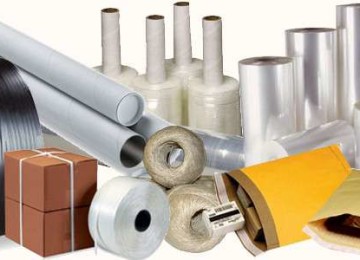Today, various production materials can be used to create hardware. In most cases, they are stainless or galvanized steel of various grades. There are more than 200 types of stainless steel known in the world, so choosing the composition for the production of bolts, nuts, studs and other products is not difficult. Based on their properties, such products are divided into several categories. Austenitic stainless steels contain 33 percent chromium and nickel, making them very strong. Chromium steels contain only 20 percent chromium. They are subject to magnetization and withstand the effects of aggressive environments. Marstenitic steels have a high level of wear resistance and serve even at high temperatures. Ferritic-marstenitic steels are steels with a low carbon content and a chromium concentration of no more than 13 percent in the composition.

In the production of stainless steel fasteners, grades A2 and A4 are usually used. They contain from 10 percent nickel with a chromium concentration of 18 percent. A4 also contains molybdenum up to 2 percent, which increases the strength of hardware. A high-quality hex self-locking nut din 985 is always available on the presented website. First-class steel is used for its production, which allows you to extend the life of the finished product.The price of fasteners on the site makes its purchase a profitable decision.
Why choose stainless steel fasteners? It is different:
- long service life;
- corrosion resistance;
- ability to resist acids;
- immunity to sudden changes in temperature.
Galvanized fasteners and their advantages
To obtain galvanized fasteners, simply select carbon steel, which is then coated with a layer of zinc. This processing process improves the protective qualities of the finished product against corrosion. Otherwise, the durability of the material depends on the method used to apply zinc. Today, in the production of hardware, hot-dip galvanizing techniques are often used. In this case, the coating should have a thickness of up to 85 microns. This product can withstand overloads well and is resistant to chips or impacts. When using the thermal diffusion production method, the thickness of zinc on the surface reaches 50 microns, and fasteners obtained by galvanic processing have a coating thickness of up to 20 microns.









